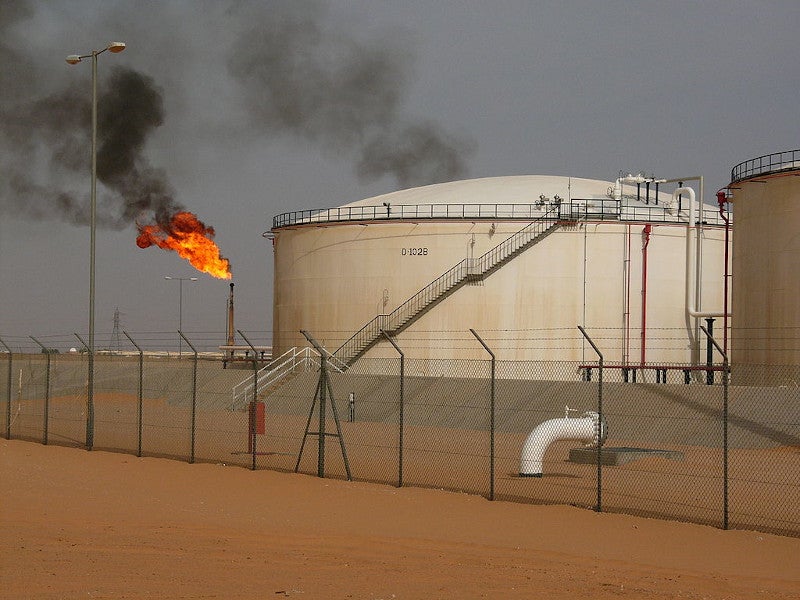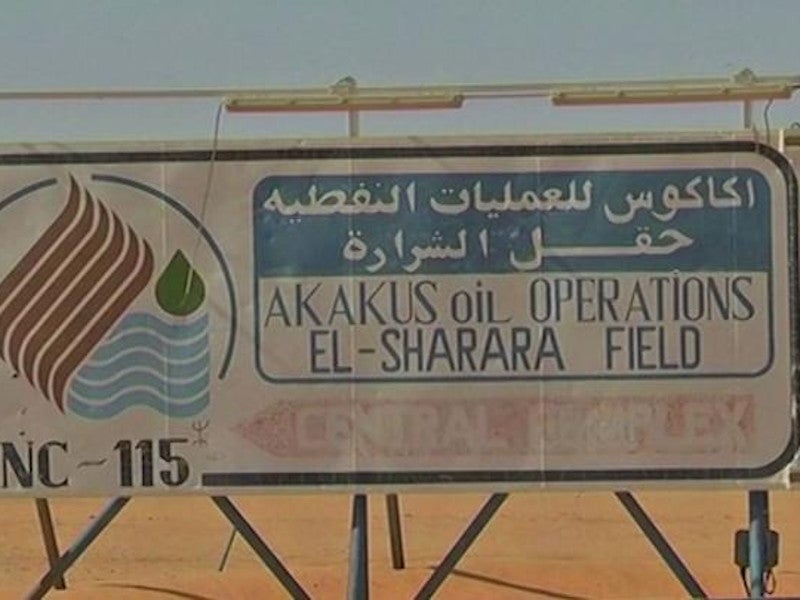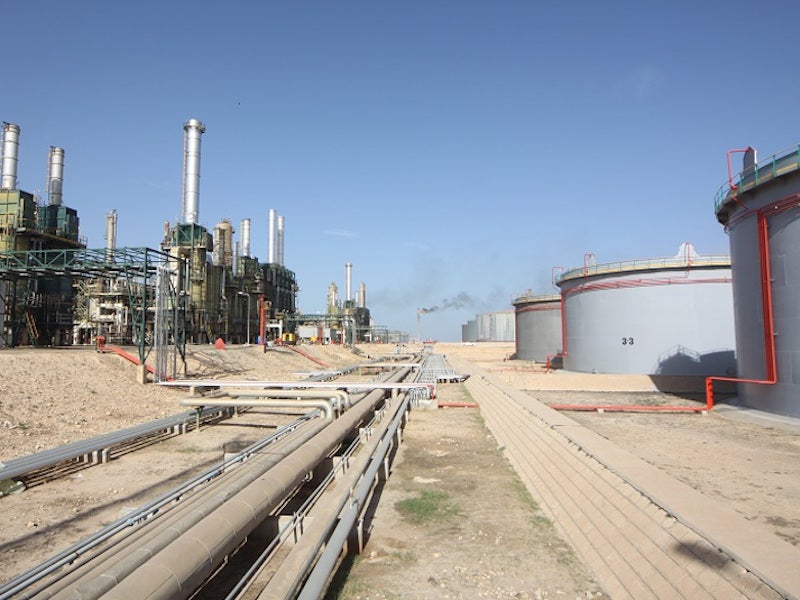The El Sharara oil field located in the Murzuq Desert in southwest Libya is the biggest oil field of the North African country Libya, which is believed to hold the largest proven oil reserves in Africa.
Operated by the Akakus Oil Operations (formerly Repsol Oil Operations), the first oil from the field was produced in 1996. The Sharara field development partners include Libya’s state-owned National Oil Corporation (NOC), Repsol, Total, OMV, and Equinor.
The onshore oilfield, however, has witnessed disruptions in the production several times due to the intervention by the armed groups since 2011, the year the Libyan dictator Muammar Gaddafi was toppled out of power and assassinated.
Libya restarted production at the Sharara field in January 2014, but it remained closed for two years due to the pipeline blockade by armed groups from November 2014 to December 2016. Although it recommenced production in early 2017, it further suffered stoppages a number of times because of localised protests.
The production at the Sharara oilfield resumed in June 2020 after the shutdown of the export pipeline that supplies oil from the field to a refinery in Zawiya in north Libya by an armed group supporting the Libyan National Army in January 2020.
However, within three days of the production restart, the field operation was forcefully suspended by an armed group that led Libya’s National Oil Corporation to declare force majeure on the exports from Sharara oilfield in the same month.
Production capacity
The Sharara oil field is capable of producing more than 300,000 barrels of light crude oil a day. It produced 308,000 barrels of oil per day (bopd) accounting for more than one-quarter of Libya’s total crude output, before its previous shut down in March 2018.
When the field restarts operations, the initial production capacity is expected to be 30,000bopd which can be ramped up to full capacity within 90 days.
Location, discovery and development background
The Sharara oil field consists of wells in the blocks NC115 and NC186 in the Murzuq basin in southwest Libya. The field is situated approximately 700km south of Tripoli in the Sahara Desert.
The blocks NC115 and NC186 are spread over approximately 8,700km2. The first oil discovery in the block NC115 was made by Rompetrol in 1984. Repsol acquired Rompetrol’s stake in the block in March 1993.
The production started at NC115 in December 1996, while the first oil discovery in block NC186 was made by Repsol in 2000. The first oil from block NC186 was produced in 2003.
NOC’s second party consortium partners for block NC115 include Repsol, Total, and OMV, while those for block NC186 include Equinor apart from Repsol, Total, and OMV.
Sharara field infrastructure facilities
Apart from a series of production and water injection wells, the other infrastructure facilities in the field include gas and oil separation plants (GOSPs), water injection pumps, gathering stations, vapour recovery units, water treatment plants as well as gas compressor units.
N and Akakus Oil Operations plan to separate LPG from the flare gas in the Sharara field and supply to the residents in southern Libya.
A surge tank, with a capacity of 16,000 barrels of crude oil, collapsed in the Sharara field due to lack of maintenance in May 2020.
Zawiya refinery
The crude output of the Sharara oil field is sent through a pipeline to the Zawiya oil export terminal and the Zawiya refinery which are located approximately 45km west of Tripoli on the Mediterranean Coast.
The 120,000bpd Zawiya refinery was shut down due to closure of the pipeline supplying crude oil from Sharara field to the refinery in February 2020.
The 723km-long, 30in-diameter oil pipeline from Sharara field to Zawiya started operation in 1998. The pipeline is divided into two sections including a 340km-long section from the Sharara field to the Hamada field and a 383km-long section from the Hamada field to Zawiya. The pipeline has a booster station in Hamada.
Akakus Oil Operations has a tank farm comprising nine floating roof oil storage tanks of 300,000 barrels capacity each at Zawiya.
Contractors involved
Joannou & Paraskevaides (Overseas) was one of the main contractors involved in the development of Sharara field. It was responsible for the construction of the export pipeline from the Sharara field to Zawiya terminal, the Hamada pumping station, the Zawiya oil terminal, GOSPs, oil gathering manifolds, water injection manifolds, as well as flow lines in the field.
Hy-Bon Engineering supplied vapour recovery units for the Sharara field.





